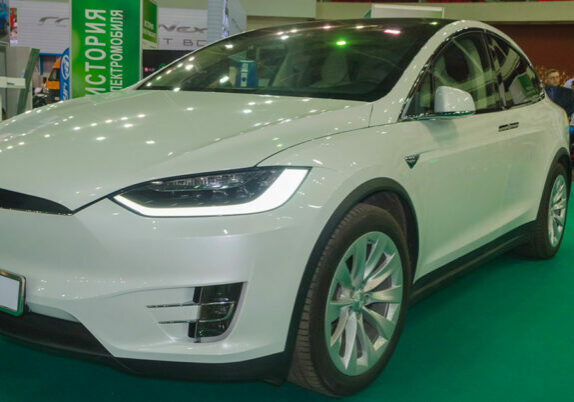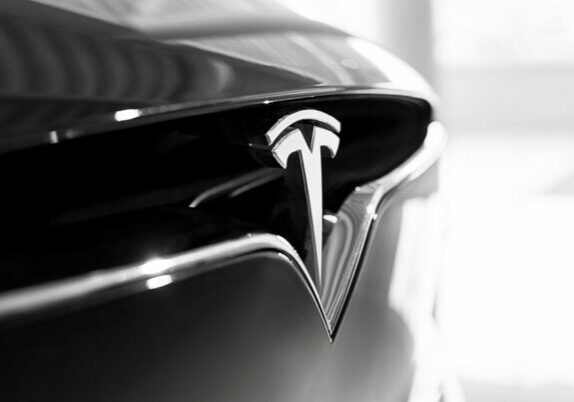If you’re considering switching to an electric vehicle (EV), you should know a few things before taking the plunge. While EVs have many advantages, including improved fuel efficiency, lower emissions, and reduced maintenance costs, they’re not without their challenges.
From high costs and limited range to long charging times and a lack of charging infrastructure, there are several issues that potential buyers should be aware of before investing in an electric car.
In this article, we’ll explore seven of the most common electric vehicle issues and what you can do to address them. Whether you’re a seasoned EV driver or just starting to consider one, this guide will help you navigate the challenges and decide whether an electric car is right for you.
So buckle up and get ready to learn about the pros and cons of owning an EV.
Electric Cars Are Too Expensive
You probably feel like electric cars are out of reach because of their high price tag, but don’t let that stop you from considering their benefits.
Several affordability solutions can help bring the cost down to a more manageable level. One option is to look for government incentives, which can provide rebates or tax credits to help offset the purchase price.
Another option is to consider buying a second-hand electric car, which can be significantly cheaper than buying a new one. Battery leasing is another way to reduce the upfront cost of an electric vehicle. Instead of purchasing the battery outright, you can lease it for a monthly fee, which can help make the overall cost more affordable.
Additionally, many car manufacturers offer financing options specifically for electric cars, with lower interest rates and longer repayment terms than traditional car loans. With these options, an electric vehicle may be more affordable than you think.
EVs Still Have Limited Ranges
If you’re considering purchasing an electric car, it’s essential to understand that limited driving distance without recharging is still a significant challenge that needs to be addressed. The fear of running out of battery power, also known as EV range anxiety, can deter potential buyers.
While some electric cars can travel up to 300 miles on a single charge, others have a range of less than 100 miles. This can cause problems for drivers who need to travel long distances or who don’t have access to charging stations.
To address this issue, manufacturers are working on improving battery technology advancements to increase the range of electric cars. Additionally, efforts are being made to expand rural charging solutions and offer apartment charging options for those who don’t have access to at-home charging facilities. Battery recycling efforts are also being made to reduce the environmental impact of electric car batteries.
As these solutions become more widely available, the issue of limited EV range may become less of a concern for potential buyers.
EVs Have Long Charging Times
You may have to wait a while when charging your electric car, as charging times can be as slow as “watching paint dry.”The time it takes to charge an EV depends on several factors, such as the battery’s capacity, the charging station’s power output, and the vehicle’s charging capability.
Level 1 charging using a standard 120-volt outlet can take up to 20 hours for a full charge, while Level 2 charging using a 240-volt outlet takes about 4-8 hours. However, DC fast charging can charge an EV up to 80% in just 30 minutes, but these charging stations are not as widely available as Level 2 charging stations.
The EV charging infrastructure needs to expand and improve to address the issue of slow charging times. Governments can incentivize the installation of more charging stations in public spaces and private properties. Battery technology must also advance to allow faster charging without affecting the battery’s lifespan.
Integrating renewable energy sources into the charging system can make EVs more sustainable and eco-friendly. Additionally, providing more public transportation alternatives can reduce the need for personal cars and charging altogether.
Insufficient EV Charging Ports
Insufficient EV charging ports remain a significant obstacle to the widespread adoption of electric vehicles. While there’s been progress in expanding charging infrastructure in urban areas, rural accessibility remains challenging.
Many people who live in rural areas don’t have access to reliable charging stations. This can make it difficult for them to use electric vehicles for daily commutes or long trips.
Some companies and governments are exploring apartment charging solutions and other innovative approaches to address this issue. Battery technology advancements may also make it possible to extend the range of electric vehicles, reducing the need for frequent charging.
Additionally, government incentives can encourage the development of new charging stations and make it more affordable for people to switch to electric vehicles. With these expansion plans, the hope is that electric cars will become a more viable option for everyone, regardless of where they live.
Electric Cars Don’t Always Perform Well in Cold Weather
You may be surprised that electric cars can be like cold-blooded animals in winter, taking longer to warm up and losing energy faster in the cold weather. The battery capacity of electric vehicles can be significantly reduced in cold temperatures, leading to a shorter driving range. Cabin heating also uses energy from the battery, further reducing the range.
To combat these issues, some electric cars are equipped with winter tires and regenerative braking systems, which can help improve traction and capture the energy that would otherwise be lost during braking. Preheating solutions, such as remote start and preconditioning, can also help warm up the car’s cabin and battery before driving, reducing energy consumption and improving range.
It’s important to note that not all electric cars suffer from reduced performance in cold weather. Some models have advanced thermal management systems that help regulate battery temperature and maintain range in cold temperatures. When considering an electric car, it’s important to research the specific model’s performance in cold weather and consider investing in additional accessories or preheating solutions to ensure optimal performance.
Electric Vehicles Often Cost More To Insure
If you’re looking to buy an electric car, be prepared to shell out more money for insurance than you may have expected. Due to their advanced technology and expensive repairs, insurance companies often view EVs as higher-risk vehicles. This means higher premiums, which can be a challenge for many consumers.
However, there are ways to mitigate these costs. One option is to shop around for coverage options and compare prices from different insurers. Some companies may offer discounts or special rates for EV owners. Additionally, some states offer incentives for purchasing electric vehicles, which can help offset insurance costs.
Consumer awareness is also important when it comes to potential savings. EV owners can lower their insurance premiums by maintaining good driving habits, maintaining regular maintenance, and investing in safety features.
EV Battery Degradation Over Time
One thing to consider when owning an EV is that your battery may degrade over time, resulting in decreased range and performance. Battery longevity concerns many EV owners, as the cost of replacing a battery can be high. However, you can take steps to extend your battery’s life, such as avoiding extreme temperatures and charging your battery to a recommended level.
In addition to battery longevity, it’s essential to consider the environmental impact of EVs. While they produce fewer emissions than traditional gas-powered vehicles, producing and disposing of EV batteries can have a significant environmental impact.
It’s important to have a battery recycling plan and consider alternative power sources, such as solar or wind when charging your EV. Additionally, investing in charging infrastructure can help reduce EVs’ carbon footprint and make them a more viable option for sustainable transportation.
Final Thoughts
So, you’ve learned about the most common issues of owning an electric vehicle. From their high costs and limited ranges to their long charging times and battery degradation, they are weighing the pros and cons before investing is important.
As the world moves towards a more sustainable future, the demand for electric vehicles will only increase. And with that increase in demand comes a decrease in costs and an improvement in technology.
So while these issues may exist now, they may not be as prevalent in the future. It’s all about weighing the short-term issues with the long-term benefits of owning an electric car. And who knows, maybe these issues won’t even be a concern in a few years.












